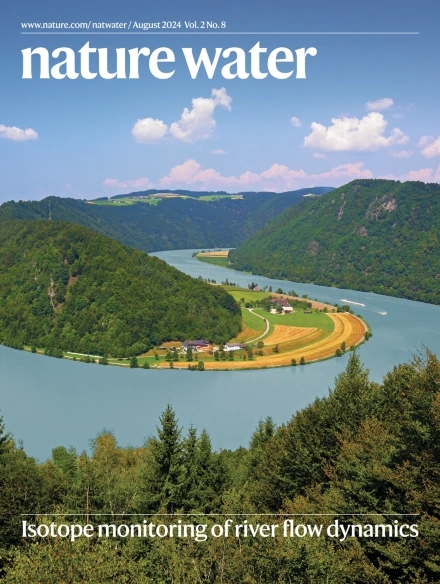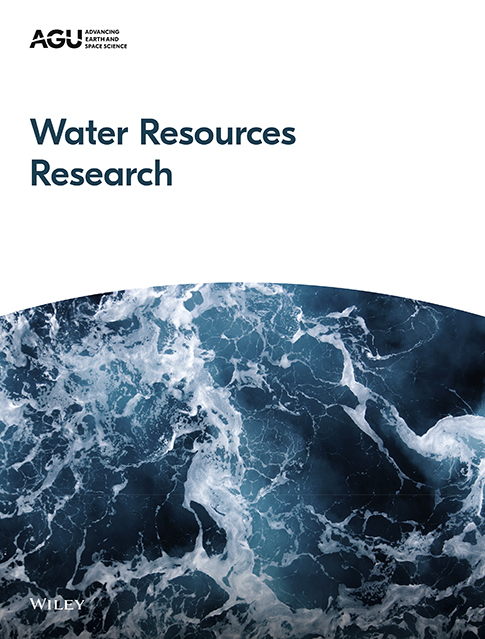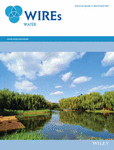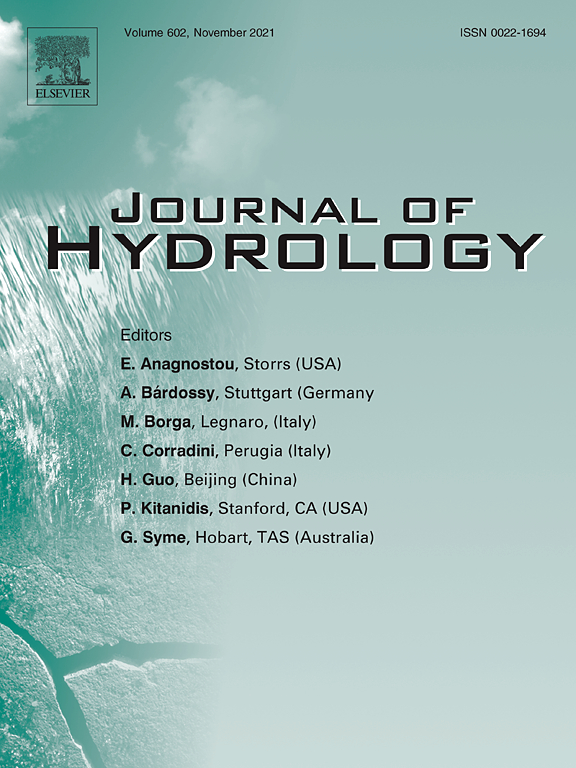- Department:(Dept. 1) Ecohydrology and Biogeochemistry
Revising Common Approaches for Calibration: Insights From a 1-D Tracer-Aided Hydrological Model With High-Dimensional Parameters and Objectives
Dimensionality of parameters and objectives has been increasing due to the accelerating development of models and monitoring networks resulting in major challenges for model calibration. The study highlights limitations of high-dimensional calibration approaches, the role of data uncertainty and deficiencies in model structure of process-based ecohydrological models.
Demystifying the art of isotope-enabled hydrological and climate modelling
Stable water isotopes are well known tracers of the hydrological cycle producing critical climate science but they are not explicitly included in influential climate reports except for paleoclimate reconstructions. The authors argue that it is time to incorporate isotopes and isotope-enabled modelling into mainstream hydroclimatic forecasting to improve climate change predictions and evidence.
A Holistic Catchment-Scale Framework to Guide Flood and Drought Mitigation Towards Improved Biodiversity Conservation and Human Wellbeing
The authors suggest to combine conventional civil engineering methods, nature-based solutions, and biodiversity conservation actions at catchment-scale to leverage flood and drought mitigation and cater to improved biodiversity conservation and human wellbeing. We outline the needs in terms of legislation structure, adequate funding and governance structures to make this happen.
VTraFlux − A model toolbox to determine transient vertical exchange fluxes in hyporheic sediments from time series of natural tracers

Stable isotope tempestology of tropical cyclones across the North Atlantic and Eastern Pacific Ocean basins
Hydrological connectivity drives intra- and inter-annual variation in water quality in an intermittent stream network in a mixed land use catchment under drought
The study investigated spatio-temporal variation of hydrological connectivity and linked water quality in an intermittent mixed land use, lowland catchment in NE Germany. In recent years streamflow became more intermittent with major implications for water quality. Spatial variation of water quality is related to soils and landuse. An extensive wetland area acted as a major ecohydrological buffer.
Attributing Urban Evapotranspiration From Eddy‐Covariance to Surface Cover: Bottom‐Up Versus Top‐Down
Evapotranspiration (ET) is an important process in the water cycle that can help reduce heat stress in cities. However, it is dependent on surface cover. The study provides insights that can inform urban planning and water management decisions, including improving the living environment of city dwellers.

Strong Subseasonal Variability of Oxic Methane Production Challenges Methane Budgeting in Freshwater Lakes

Ecohydrological resilience and the landscape water storage continuum in droughts
A better understanding of water storage dynamics at medium scales, i.e. areas between 10 and 100 square kilometres, could help to better predict and ensure the availability of water resources, even in times of climate change. To this end, the researchers here synthesised findings from several long-term studies and introduced the concept of ecohydrological resilience.
Electrical conductivity fluctuations as a tracer to determine time-dependent transport characteristics in hyporheic sediments
The paper presents a modeling approach to estimate time-varying travel times from the stream water to the streambed. The modeling is based on fluctuations in electrical conductivity in the surface water and in the porewater. Given the high temporal dynamics of transport in streambed sediments, the model will be a valuable tool for the assessment of reactive transport in streambed sediments.





